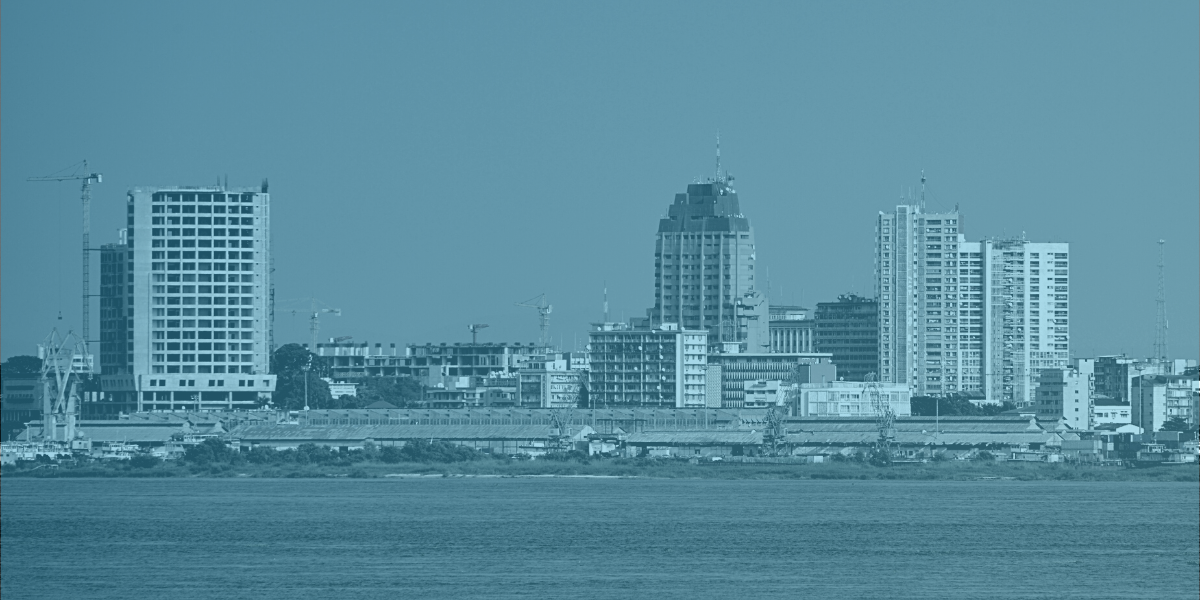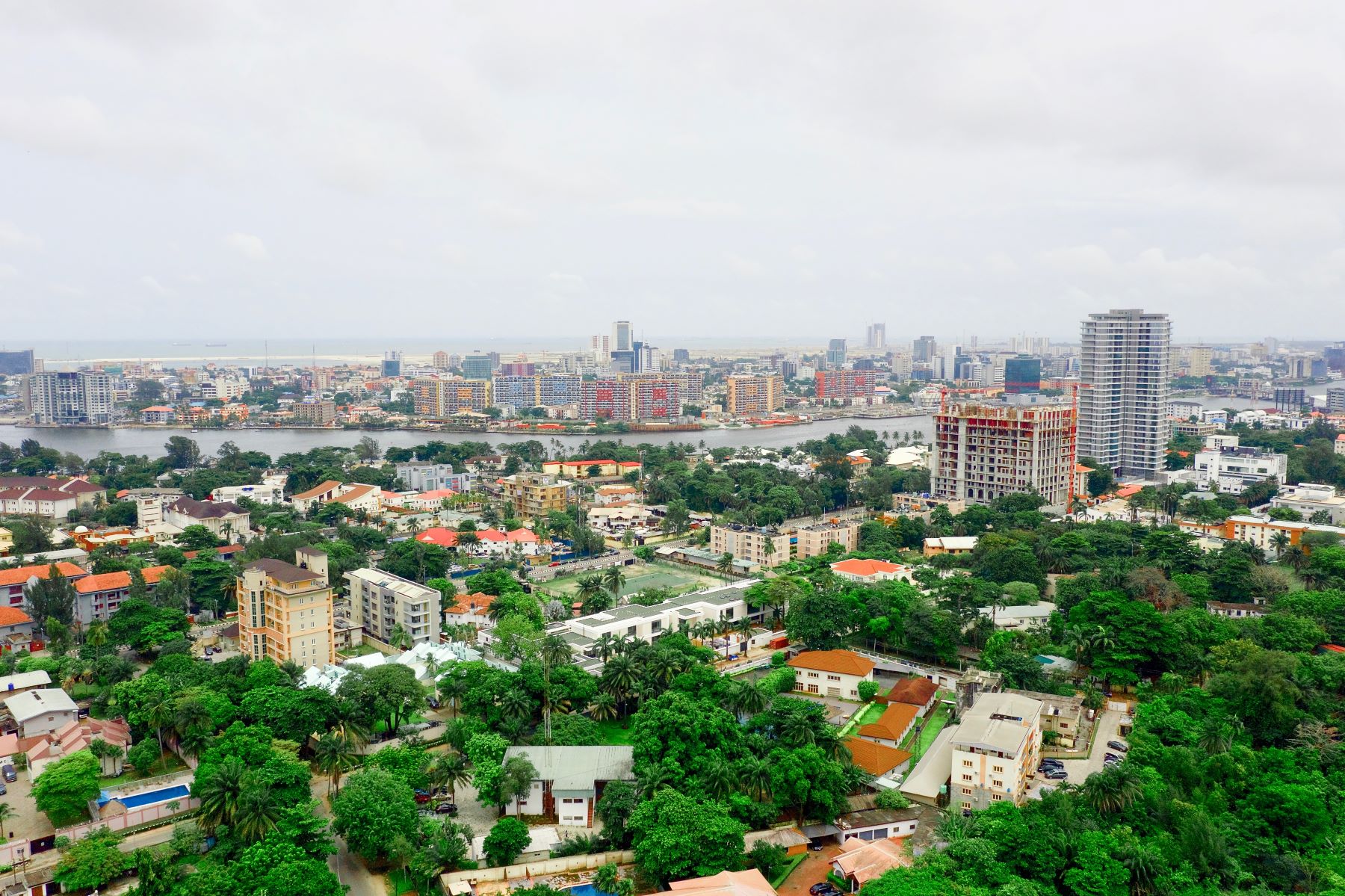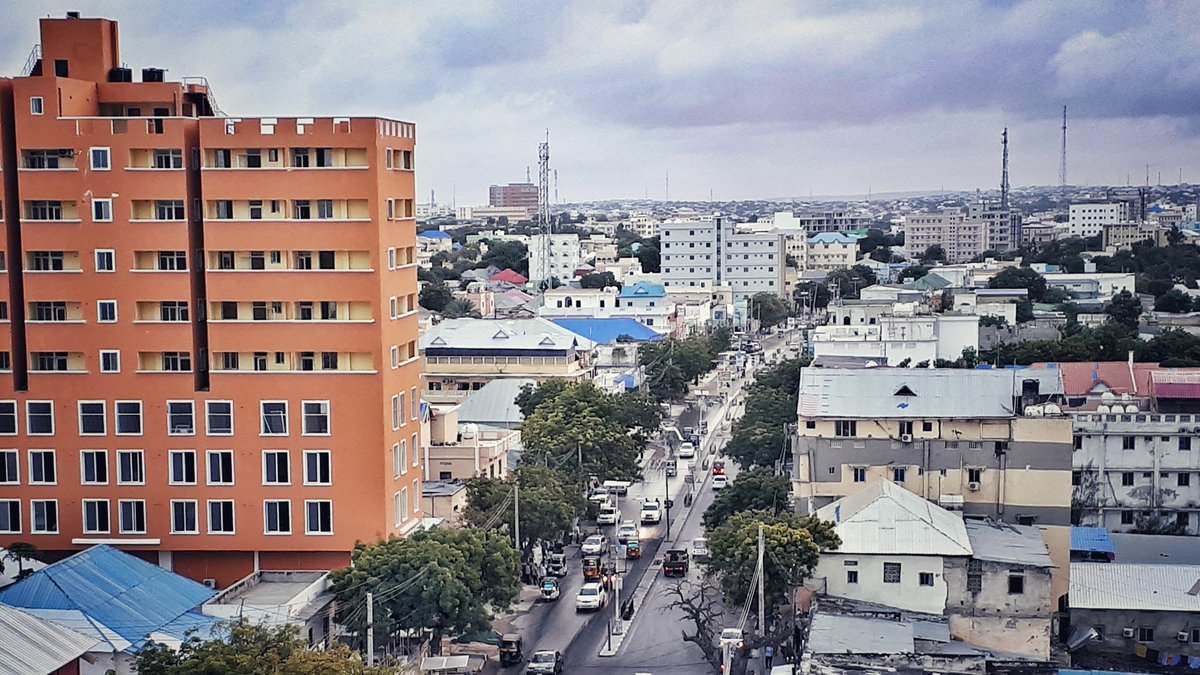What can we learn from looking at Africa through the lens of its cities?
This blog is the third in a series exploring different aspects of city development and urban change in Africa, featuring contributions from researchers and practitioners working within the African Cities Research Consortium.
Curated by David Satterthwaite, it is similar in content and structure to a blog series he oversees at IIED but with a focus on Africa. The first few articles will explore large cities in Africa – in particular the 100 largest cities that were home to 244 million people in 2020, just over two-fifths of the continent’s urban population.
The first blog looked at how the size and the spatial distribution of large cities changed between 1800 and 2020, while the second blog explored Africa’s largest cities viewed over the last 16 centuries.
By David Satterthwaite, senior fellow in IIED’s Human Settlements research group
This is the first of four blogs, considering what we know (and don’t know) about Africa’s 100 largest cities. Also to come are blogs on the thousands of urban centres that are not in the 100 largest city list.
No surprises
A quick review of Africa’s 100 largest cities does not present many surprises. Most are in Africa’s wealthiest nations. Most are national or regional/state capitals. At least half have river or seaports. Many have had railway stations for decades and, more recently, airports and connections to highways. A large number have universities. All have profiles in Wikipedia including many that run to several pages.
Surprises
But if we take a more careful look, we may be surprised. There are cities whose populations have doubled or even tripled since 2000 (see Box 1) and whose governments’ budgets, bureaucracies and technical capacities are far too small to cope. We find cities where most of the population and workforce live in poor quality, overcrowded informal settlements lacking safe, regular water supplies and adequate provision for sanitation, drainage, healthcare, emergency services, electricity, schools, the rule of law and other vital services.
In other words, these are cities that are catastrophically failing to meet their responsibilities in public services provision – and it seems, from the limited data available, backlogs are growing. Data on health outcomes in informal settlements, such as infant, child and maternal mortality rates, are very rare. And all this in some of the wealthiest nations and cities.
We see how little attention is paid to reaching groups of city dwellers facing discrimination on the basis of gender, age or ethnicity/nationality, or groups with chronic health problems or special needs. Many cities have large numbers of refugees and internally displaced persons, who are not in camps and are now part of city labour markets/economies – they too often face discrimination. On top of this, current incapacities to address Covid-19 reflect decades of underinvestment in public services.
Box 1: The fastest growing cities in Africa
If we measure a city’s population growth by the increment in its population, then the fastest growing cities are mostly the largest cities. UN sources suggest that Kinshasa’s population grew by 8.2 million people between 2000 and 2020. That is 410,000 people a year. 410,000 people needing homes and services. Cairo’s population growth averaged 364,000 a year in these same two decades; for Lagos, it was 354,000 a year, for Luanda 275,000 a year. Luanda and Dar es Salaam more than tripled their population in these two decades. Some of the UN figures are based on projections because no recent census data are available and these may overstate the population of some cities. Yet there is no denying the rapid population growth in most African cities.
But if we measure a city’s population by annual average population growth rates, most of the fastest growing cities are relatively small. None of the 100 largest cities are in the ten African cities with the fastest population growth rates from 2015-2020. The five fastest growing by this criterion are Gwagwalada (Nigeria), Kabinda (Congo PDR), Lokoja (Nigeria), Uige (Angola) and Mbouda (Cameroon); all had growth rates above 7.3% per year 2015-2020. At this rate they would double their population in a decade.
Lack of data
A constant theme in this blog series is the lack of data on those city residents whose needs are unmet in the ways we have just seen. Official data sources are usually of no use to city governments, because they are from sample surveys that can only give aggregated statistics. They have no local statistics of use to local governments and civil society. There are usually limitations in other data sources, such as vital registration systems and censuses (these limitations will be the focus of a future blog).
This lack of relevant data means that the issues the data should inform are not addressed. How can a city government develop plans for improving water supplies without data on the quality of water provision to each household? Informal settlements usually fall outside any data gathering on service provision, even when they house 30-70% of a city’s population and workforce.
Wiki
As noted earlier, all 100 African cities have profiles in Wikipedia. Many are long and detailed. For instance, there is a 10,000-word entry for Lagos but the coverage for ‘slum’ and for water and sanitation is restricted to one sentence, noting that a sizable proportion of the residents live in slums without access to piped water and sanitation. Housing issues for low-income groups, including evictions get no mention. The estimate that less than 5% of the city’s vast population have sewer connections gets no mention.
A 7,000-word article on Kinshasa notes that the city’s infrastructure for running water and electricity is generally in bad shape, but that is it. No mention of informal settlements where much of the city’s population live with very large deficits in provision for water and sanitation.
Aerial view of Ikoyi, Lagos. Photo credit: Reginald Bassey / Wikipedia (CC BY-SA 4.0)
Overview of Mogadishu. Photo credit: MrMidnimo / Wikipedia (CC BY-SA 4.0)
Mogadishu gets a detailed 16,000-word profile – but no mention of the very poor housing conditions and lack of basic services facing much of the population. Most live in 480 informal settlements spread across the city. A report in 2020 noted that housing consists predominantly of corrugated metal sheet shacks or temporary shelters made of sticks, plastic and fabric. These settlements often lack proper buildings and the most basic services (including access to electricity, water and sanitation).
Wikipedia is not averse to these issues – for instance, it has a detailed profile of Kibera, one of the largest informal settlements in Nairobi. So perhaps the point is not that contributors to Wikipedia ignore these issues, but that the data needed to cover them is not available.
The lack of city and community data on how well needs are being addressed means that we do not know how well cities and city governments are meeting their responsibilities for public services. We do know, however, that innovative, well-resourced city governments working with their populations can do much to meet these needs and reduce the backlogs.
We have also learned that effective responses to Covid-19 need partnerships between local government and grassroots organisations. We have amazing examples of grassroots organisations striving to address the gap between services needed and local governments who partner them – many who are now uniting to fight Covid-19 and its economic, social and health impacts. But little funding is available for them. And there is generally little capacity in city governments and national and local and public health care services to work with them.
The next blog explores the drivers and other influences of contemporary urban change in Africa’s 100 largest cities. Future blogs will cover invisibilising cities and their populations – including the obsession with national statistics and international comparisons – and alternative data sources for cities and communities.
Note: This article presents the views of the author featured and does not necessarily represent the views of the African Cities Research Consortium as a whole.
The African Cities blog is licensed under Creative Commons Attribution-NonCommercial-NoDerivatives 4.0 International (CC BY-NC-ND 4.0), which means you are welcome to repost this content as long as you provide full credit and a link to this original post.




